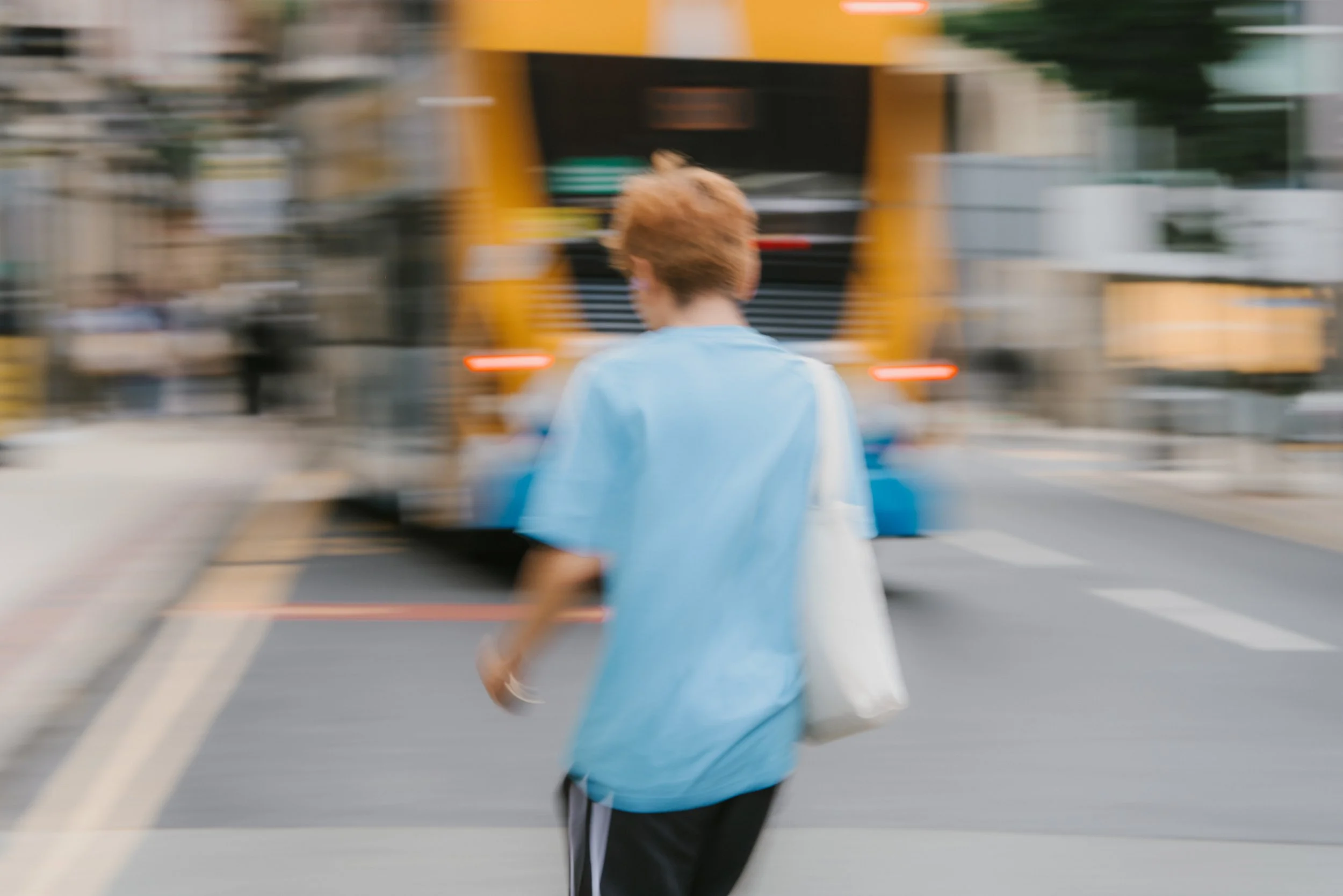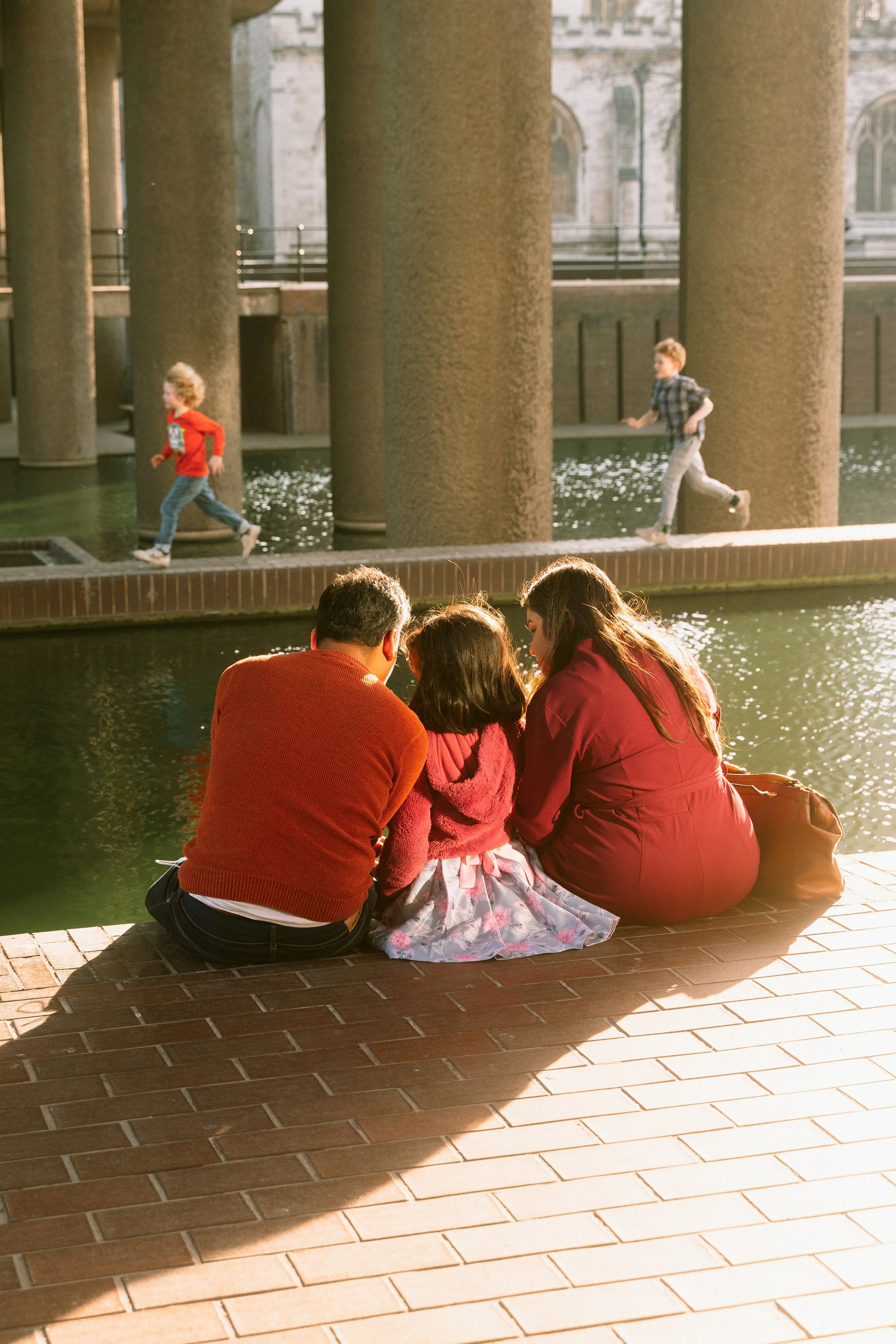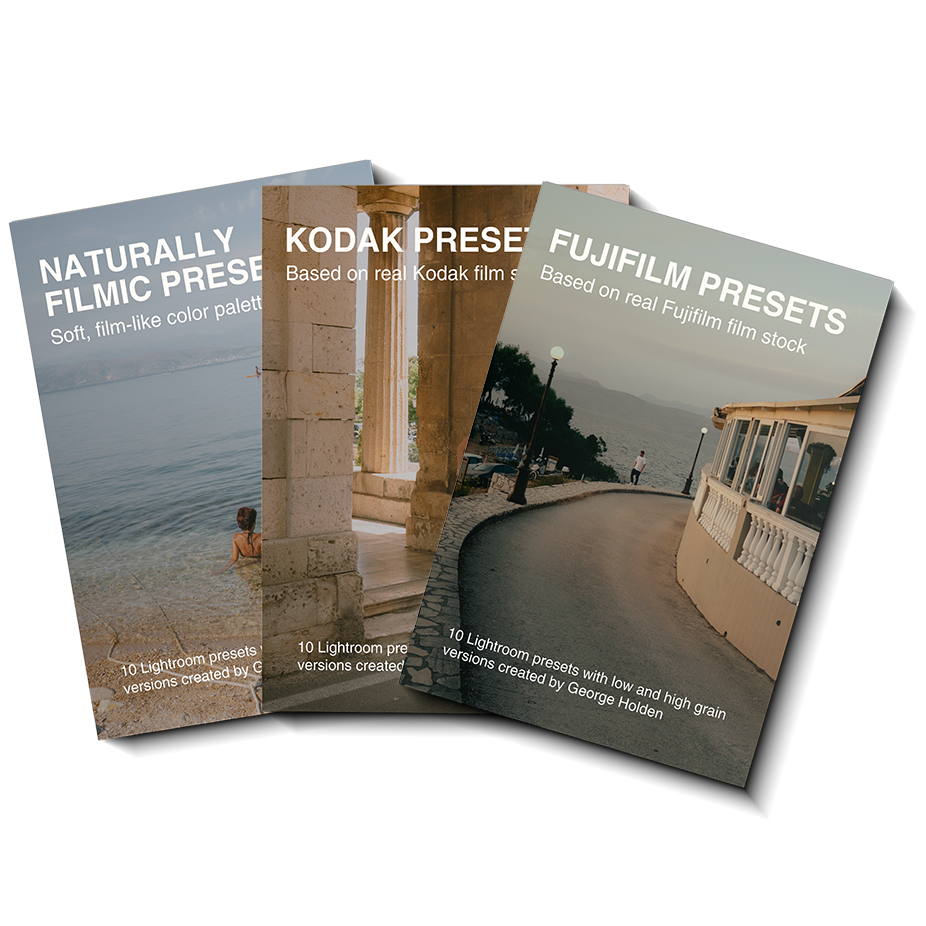Shoot Better Photos Than 99% of Photographers
How to Take Street Photos That Aren't Dull, Flat, and Lifeless
In street photography, whether you're a complete beginner or someone with years of experience, it can be frustrating when you feel like you've been shooting action-packed street photos, only to review them in Lightroom and realize that they're dull, flat, and lifeless. In this article, I'll show you five techniques you can use to create interesting layered street photos. While I'm not as good as many of the great street photographers out there today, hopefully through these techniques, you and I can get a little bit closer to their level.
1. Create a Narrative
One of the best ways that we can present our subjects in our photos is as the hero of their own story. This is much more interesting than presenting someone as passive because that can just lead to boring photos. This is where layering your main subject with a supporting subject can bring your composition to life by creating a story between the two subjects. Like in this image here that I shot in Manchester, we have a well-dressed man looking a little bit adventurous and walking past a billboard for a watch. The image on this billboard already suggests kind of this spirit of adventure. And the fact that the man is dressed the way he is, but also looking like he's just going about his regular everyday routine kind of makes it feel like part of him wants to belong in that billboard.
Another way of layering is through limiting the context of an image. By restricting information for the viewer, we can actually make the viewer do a little bit of mental work to be able to fill in the gaps. They're not gonna be doing this super front of mind, but they're gonna be doing this subconsciously. And this actually makes it a more satisfying payoff for the viewer when they've pieced things together.
2. Use a Limited Color Palette
When it comes to colour in your photography, weirdly the worst thing you can do if you want colourful images is by throwing as many colours as possible at the photo. Instead, what we wanna do is choose a limited colour palette preferably of contrasting or complementary colours. When we actually limit our colour palette, we end up creating something that feels clean, minimal, yet colourful.
In street photography, it can sometimes feel like you have to work with what's in front of you. It's all about filtering out the mess of all the other colours and just focusing in on what would make a nice image. As we see in the blue and green image from London South Bank, we can sort of see the same thing in this blue and orange shot from Manchester. This shot would have maybe worked with just the main subject, but because of the bust that has the exact same complementary colours, both going from top being orange to the bottom being blue, this works much better with a main subject and a supporting subject who both have the same colour palette.
3. Create Balance with the Rule of Odds
Compared to what you might expect, when you want to create a balanced composition one of the worst things you can do is try and do this using an even number of subjects. Weirdly, when you have the same number of subjects on either side of a composition you can sometimes feel like you've got an actually unbalanced composition. And this is where the rule of odds comes into play. The rule of odds kind of plays on this idea that a well-balanced image has sort of a middle focal point. So say if we have three subjects or five subjects or even more, there's always going to be a roughly odd number of subjects that's gonna have one subject kind of drawing most of the attention towards a certain part of the frame.
Don't worry though, because you don't need to start layering five, seven, nine, 11 subjects all the time. This can be done with just three subjects in quite short distance layers. If we start with just trying to layer three subjects, we could have two subjects on either side of the frame in the foreground with one subject related to them or interacting with them in the background.
4. Use Your Environment with Frames and Patterns
Often the first thing talked about in a layering article is framing. Using frames within our layered compositions is a great way of drawing the viewer's eye towards the main subject. If we have a frame within a frame, the viewer can naturally look around the photo and have their eye naturally guided towards the main subject. It's also important to remember that not every single frame in an image needs to be a window. It doesn't always need to be a door. It doesn't need to be transparent. Sometimes you can actually use a shape as a frame instead. Likewise with our frames not needing to be doorways or openings, here we have a frame that is actually just a mirror.
Last but not least, I wanna talk about patterns for a minute. Patterns are something that I think can be quite difficult to find, but when you do find them and you find the right subject to pair with them, they can be very satisfying. This image here is very much a weak swing at a pattern shot, but it's one that I still like anyway, because this uses a pattern interrupt through our layered image. I like to use patterns in this way, but they do require a lot of patience.













